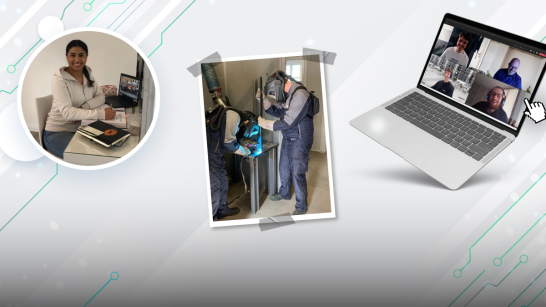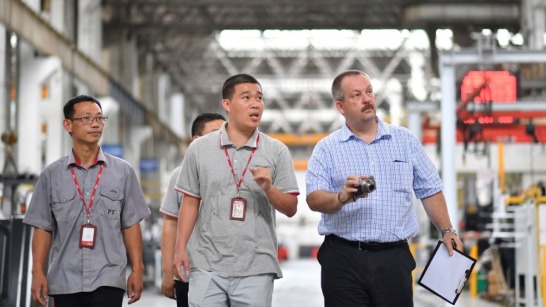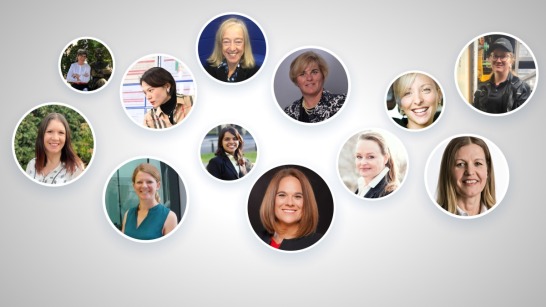From Interim Solution to Established Method
At the start of the pandemic, all KION brands focused on how best to prepare their students for their final exams using digital means. “In view of the fact that the initial phase was characterized by uncertainty and a wait each week for developments, we did really well to keep the personal contact lively and also to make good progress with our content-related programs,” says Christian Strehl, who is currently training three IT specialists in applications development at the Augsburg branch of KION’s Dematic brand. First, all young talents were given end devices, platforms were created for daily interaction and curricula were revised—and all this was done in just two weeks. The trainers found themselves in the same boat as their trainees: They, too, had to adjust to the new conditions, learn how to use new programs, and get used to new processes. The new situation and the even better digital integration have also led to much closer collaboration: regular discussions held to ensure the trainees all had a similar experience, and the general communication between trainers and trainees on the subject of welding are just two examples of this.
No wonder, then, that the teaching methods across all KION brands have seen considerable change in this time. “Of course, we were increasingly integrating digital formats into our training programs beforehand, but we are now seeing a real push toward digitalization brought about by the pandemic,” says Jean-Christopher Klix. Self-paced learning, agile methods, and design thinking—a five-stage process for working through problems—are just some of the methods that have been introduced into digital distance learning and will also be retained going forward.
Six trainees at Linde MH were even give the chance to play an active role in shaping what learning should look like in the future: The trainees formed their own cross-departmental project team for practice-integrated training—known as PiA—to oversee the standardization of some digitizable training content using Microsoft Forms and provide support for the training department through the digital transformation. Jean-Christopher Klix is convinced: “The mix of various teaching/learning methods used has made the learning process effective, varied, and interesting.”




